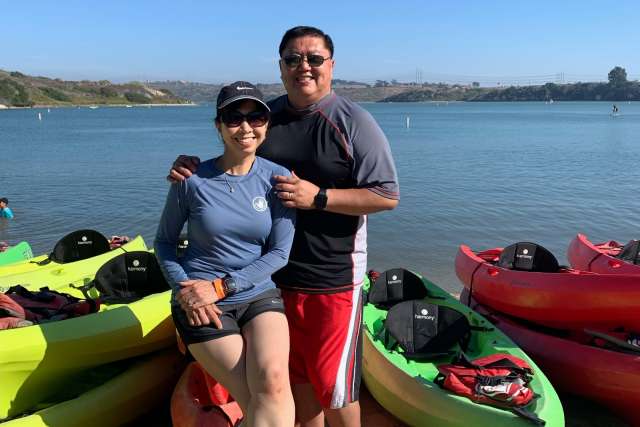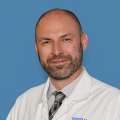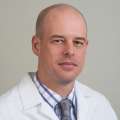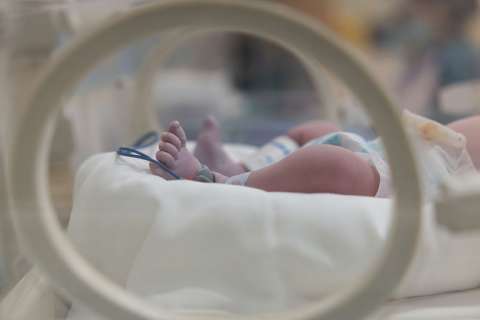For 18 years, Mike Nguyen worked as a manufacturing engineer developing implantable medical devices to help improve the lives of patients.
In February, surgeons at UCLA implanted one of those devices made by his company into Nguyen’s chest to control his irregular heartbeats.
“After my diagnosis (of cardiomyopathy), my doctors told me I would at some point need an implantable cardioverter defibrillator (ICD), so I started to do some investigation on my own,” Nguyen said.
He talked with product managers and others at his company to gather information about what type of device would be best for him.
“I spoke with a co-worker who, like me, became a patient, and who received an ICD. Speaking to him, and to other people with knowledge about these devices, helped me with my decision-making and gave me a greater sense of peace about having an implanted device,” Nguyen said.
Recognizing symptoms
Nguyen first noticed signs of trouble at work. “I was walking up two flights of stairs, and by the time I got to the top, I was huffing and puffing,” he said. “My hands were on my knees, and it was taking me a minute to catch my breath. I knew that wasn’t normal.”
Physicians determined that Nguyen’s heart was not functioning properly. “My ejection fraction rate” — the measure of blood pumped with each heartbeat — “was between 10% and 15%,” he said. A normal ejection fraction (EF) is between 55% and 70%.
His cardiologist referred Nguyen to a heart failure specialist at UCLA.
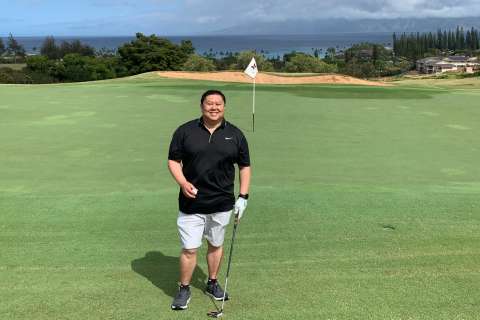
Healing the heart
UCLA cardiologist Darko Vucicevic, MD, took over his care. While Nguyen’s EF stabilized for a time, it then dropped precipitously. Dr. Vucicevic told Nguyen he was having what are called frequent premature ventricular contractions (PVCs), irregular heart rhythms and combined with his low EF it can put Nguyen at higher risk of sudden cardiac death.
Physicians first tried ablation, a procedure in which areas of the heart are burned or frozen to try to regulate the electrical signals that cause irregular heartbeats. That procedure, however, was only partially successful.
After consulting with UCLA electrophysiologist Jason Bradfield, MD, it was determined that an implantable device was Nguyen’s best option. “Studies show that if we place a biventricular device inside a patient with low ejection fraction that fulfill certain criteria and synchronize their heart, their cardiac function can improve and they can do better in the long run,” Dr. Vucicevic said. “That’s what we did with Mike.”
With his background and knowledge in the manufacturing of implantable medical devices, Nguyen was able to understand the intricacies of an implant device and was involved in the decision-making about which ICD model was the best fit for him. One manufactured by the company for whom he worked was selected.
While Nguyen, because of his experience and knowledge, was able to fully engage in discussion about what device to implant, UCLA Health has a team of cardiologists and heart specialists that are able to assist patients in choosing the right device for them.
Learn more about UCLA Health’s Adult Cardiology team.
